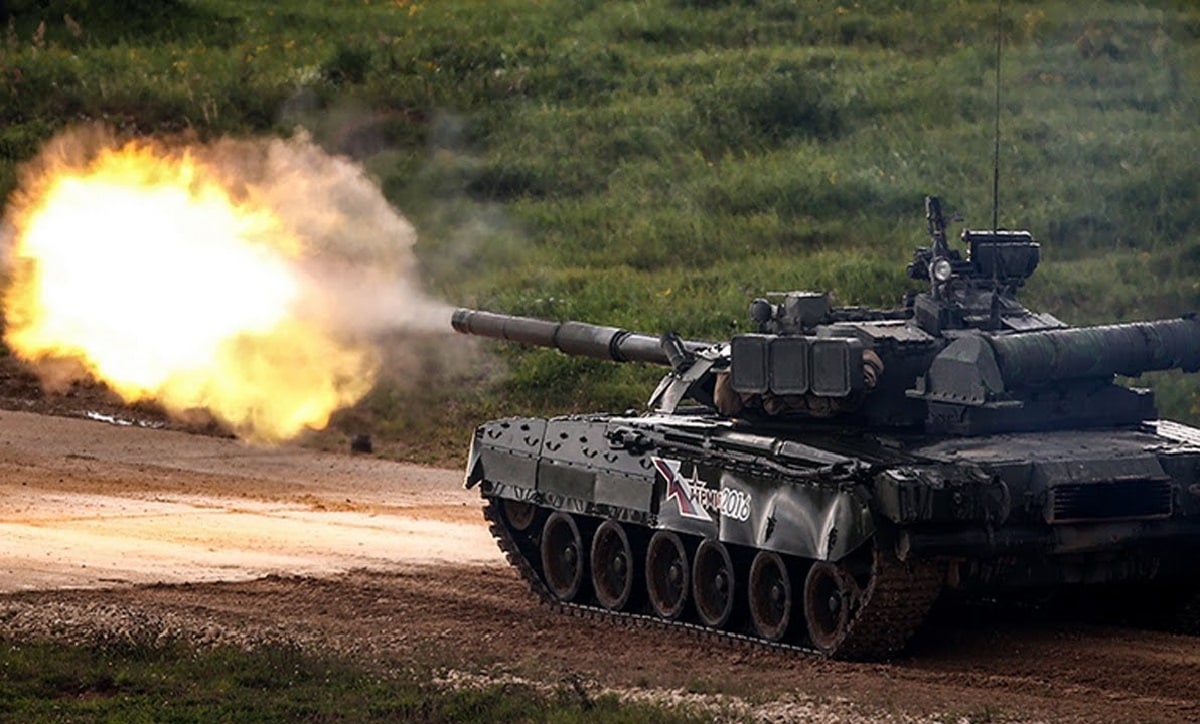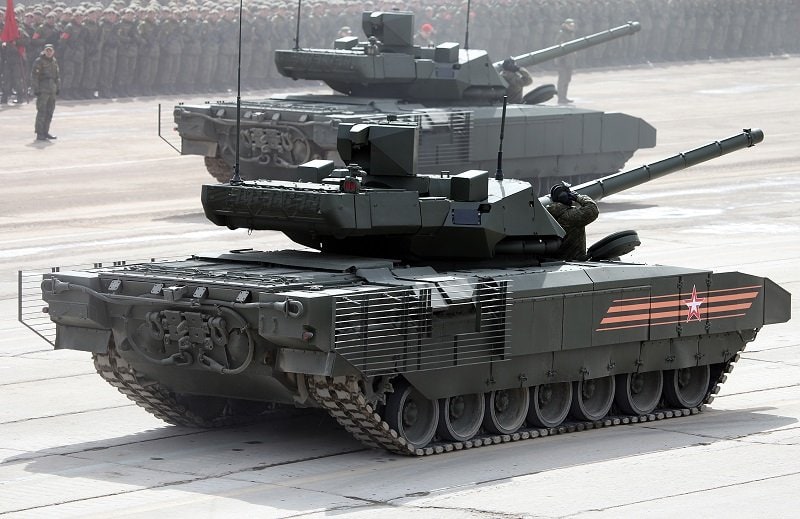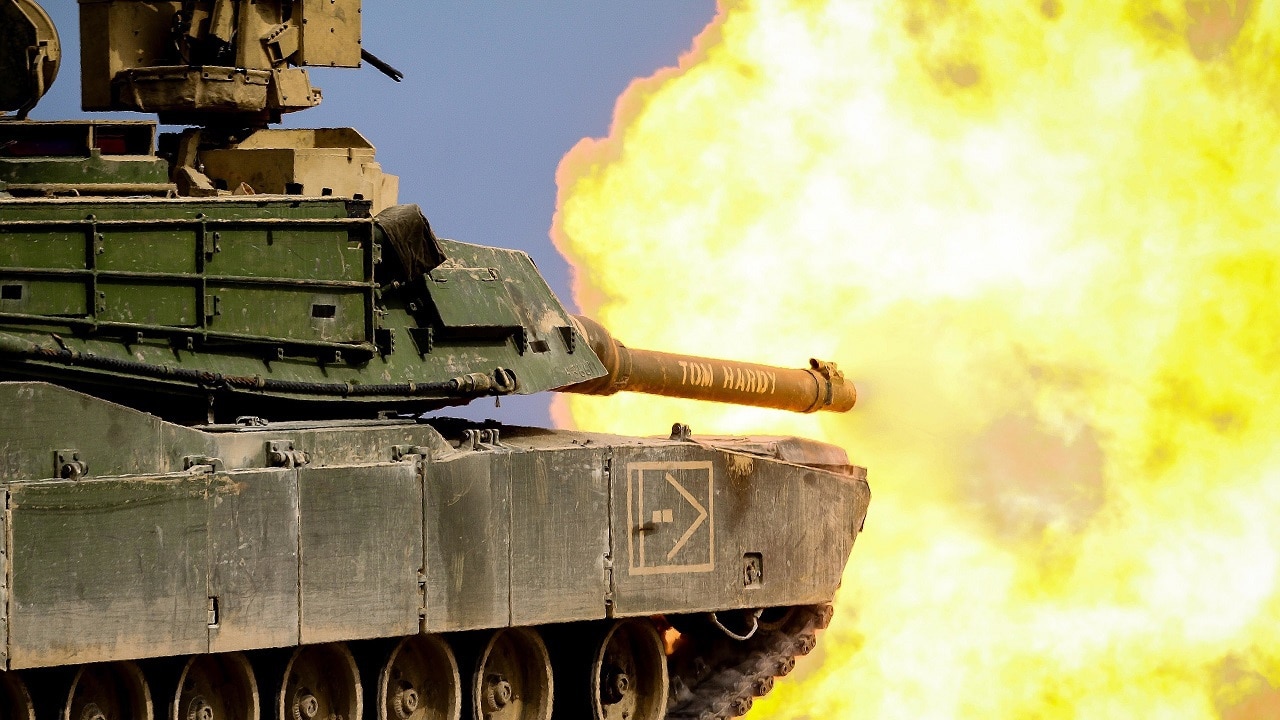After a Century, Has the Age of the Tank Passed? – As Russian losses in Ukraine mount, the main battle tank (MBT) could soon join the battleship in the boneyard of military history. While a true game changer when the first tanks rolled across the battlefields of Europe during World War I, these metal behemoths could be just the latest weapon from another era whose time has passed.
Anti-tank weapons have proven so effective that it age of the tank could be coming to an end.
The truth is that from the introduction of the tanks at the Battle of the Somme in September 1916, enemies have looked at ways to counter the armored platforms. In the final years of the First World War, the German military simply adopted oversized bolt action rifle – the Mauser 13.2mm Tank Abwehr Gewehr Model 18, also known as the “Mauser 1918 T-Gewehr” – yet by the end of Second World War, a variety of anti-tank rockets had been developed.
Anti-tank weapons certainly improved in the years since, and now small man-portable weapons have tipped the scales considerably.
“An infantry that is determined to fight is now super-empowered by having things like a huge number of point-and-shoot disposable anti-tank rockets,” Edward Luttwak, a military strategist who consults for governments around the world, told Insider.
An Expensive Platform
Notably absent from Ukraine has been Russia’s state-of-the-art T-14 Armata – a tank that was touted for its advanced capabilities.
The Armata platform was developed to resist NATO anti-tank shells, including most armor-piercing fin-stabilized discarding-sabot (APFSDS) rounds; and it features an unmanned turret to help improve the “survivability” of its crew. The T-14 was designed to be equipped with multilayer reactive armor, which is reportedly able to intercept enemy munitions including sub-caliber rounds such as those from anti-tank guided missiles, rockets and RPGs.
Yet, at nearly $7.5 million each, the T-14 is also the most expensive armored vehicle to roll out of a factory. It is so costly that Moscow can’t really afford to produce a massive fleet of the advanced tanks, but it certainly can’t afford to lose any either.
Russia isn’t taking any chances it seems, and possibly with good reason.
Despite all the hype, a T-14 was reportedly “lost” in action during field testing in Syria. Perhaps it was a “lucky shot,” but it should be remembered that Ukraine has been provided with thousands of anti-tank weapons, and its forces have also employed drones – unmanned aerial vehicles (UAVs) – to strike the Russian tanks from above, where the armor is weakest.

Image of Armata T-14. Image: YouTube Screenshot.

Main battle tank T-14 object 148 on heavy unified tracked platform Armata. Image Vitaly V. Kuzmin via Creative Commons.
As previously reported, Russian armor has adopted an odd characteristic on the battlefields of Ukraine, which has included building metal roofs or cages over the turrets of their older tanks. It appears this is an attempt to protect the MBTs from Javelin anti-tank missiles that swoop in from the top to hit the turret.
The T-14 may have better armor, but it would still be vulnerable to such an attack.
Stuck in the Mud
Another issue is that despite all the advances in modern armor, they still face many of the same problems that slowed down tanks in the battlefields of the First World War. During the Battle of the Somme, some 40 tanks advanced more than a mile into enemy territory, but the lumbering vehicles proved too slow to hold their positions and many became bogged down in the mud.
Tank barriers and mud remain as much a problem in the 21st century as they were more than a hundred years ago. A tank that can’t move is nothing more a remote pillbox. At least for a T-14’s crew there is an internal toilet.
Moreover, the capabilities in guided missiles and the aforementioned drones have likely further rendered the tank obsolete, at least in its current role. Tanks could still have a purpose, but it may not be for breaking through enemy lines.
“Tanks are going to move, over time, into more of a mopping-up role,” Paul Scharre, a former U.S. Army Ranger and a director of studies at the Center for a New American Security, also explained to Insider.
The tank will need to evolve, and not just with more powerful armor. Size may be an issue too.
Just as the massive battleships were replaced by modern – and significantly smaller – guided-missile destroyers, the armor of tomorrow could likely be smaller as well. These could be unmanned vehicles that are remotely controlled, or even operate autonomously ensuring that no crews need to risk their lives in these metal coffins.
Just as the tank of 100 years ago was designed to protect the infantry and to break through enemy lines, tomorrow’s technology may help keep the tank crew out of the line of fire, while the vehicles may be used to hold ground rather than take it.
Now a Senior Editor for 1945, Peter Suciu is a Michigan-based writer who has contributed to more than four dozen magazines, newspapers and websites. He regularly writes about military hardware, and is the author of several books on military headgear including A Gallery of Military Headdress, which is available on Amazon.com. Peter is also a Contributing Writer for Forbes.

